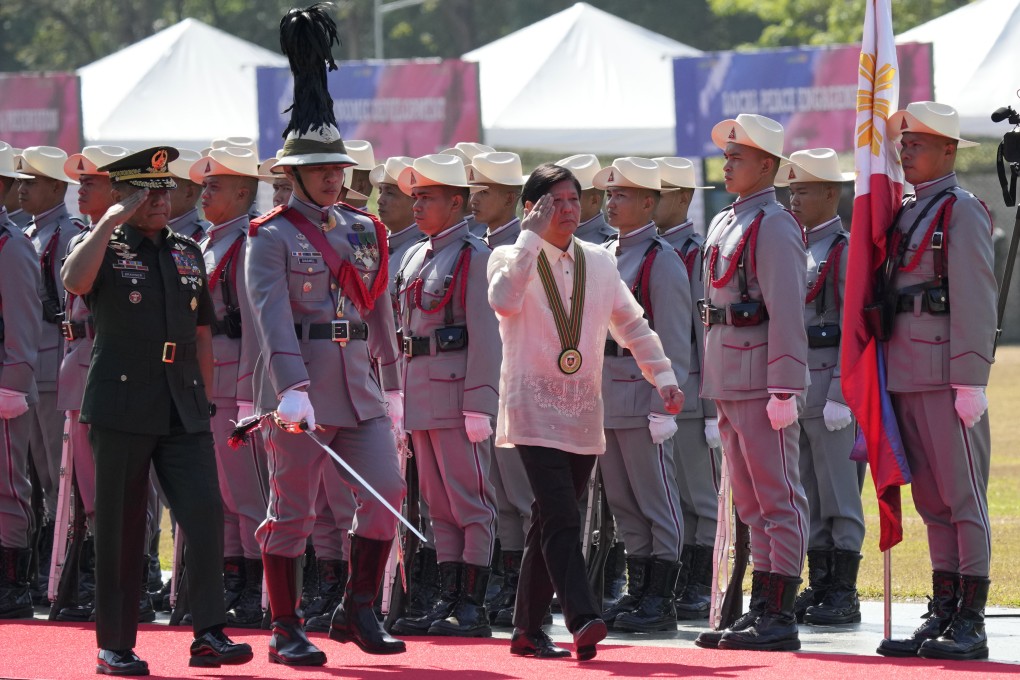Advertisement
Opinion | Philippines has picked a side in the US-China conflict. Now it must bear the consequences
- Manila’s decision to draw closer to Washington could make the Philippines a Chinese target on both the military and economic fronts
- It will also complicate negotiations on a South China Sea code of conduct and contribute to a regional arms race
Reading Time:3 minutes
Why you can trust SCMP
47

Philippine anti-China hawks, Americanophiles and US military strategists have won the struggle for the fundamental direction of Manila’s foreign policy. Indeed, despite denials, the Philippines has clearly chosen to side with the United States in its contest with China for hegemony in the region.
The Marcos Jnr administration claims that doing so is in the national interest. But what might be the negative consequences for the Philippines, the region and the US?
Philippine President Ferdinand Marcos Jnr – like his father before him – has chosen to welcome the military forces of the country’s former colonial master, thus inviting the overbearing cultural imperialism that accompanies them. This is a dramatic U-turn from his predecessor Rodrigo Duterte’s policy of an independent foreign policy placing the Philippines equidistant between China and the US.
It also sharply contradicts Marcos Jnr’s own words during his presidential campaign when he said it would be a “recipe for disaster” to allow the US to play a role in settling territorial disputes with China, and that Duterte’s policy of engaging diplomatically with China was the Philippines’ “only option”.
It would be interesting to learn what the US promised or threatened to achieve this dramatic turnabout.
There is no mistaking the significant shift. The new deal allows the US to place its forces and assets in nine bases in the Philippines, up from the earlier five. This is euphemistically called “rotation of forces” because the Philippine constitution forbids foreign bases on Philippine territory. But there is little practical difference.

Advertisement
